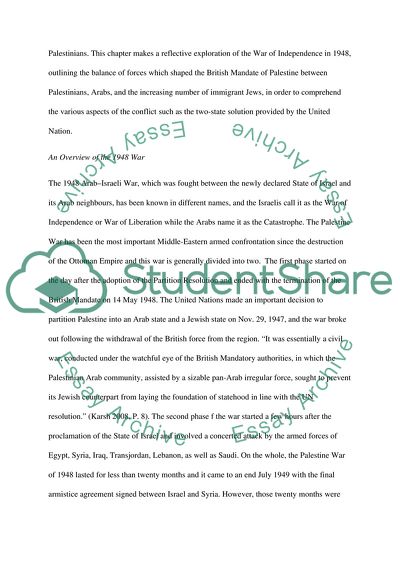Cite this document
(The Arab-Israeli Conflict Case Study Example | Topics and Well Written Essays - 2000 words - 3, n.d.)
The Arab-Israeli Conflict Case Study Example | Topics and Well Written Essays - 2000 words - 3. Retrieved from https://studentshare.org/politics/1563550-arab-and-israel-conflict
The Arab-Israeli Conflict Case Study Example | Topics and Well Written Essays - 2000 words - 3. Retrieved from https://studentshare.org/politics/1563550-arab-and-israel-conflict
(The Arab-Israeli Conflict Case Study Example | Topics and Well Written Essays - 2000 Words - 3)
The Arab-Israeli Conflict Case Study Example | Topics and Well Written Essays - 2000 Words - 3. https://studentshare.org/politics/1563550-arab-and-israel-conflict.
The Arab-Israeli Conflict Case Study Example | Topics and Well Written Essays - 2000 Words - 3. https://studentshare.org/politics/1563550-arab-and-israel-conflict.
“The Arab-Israeli Conflict Case Study Example | Topics and Well Written Essays - 2000 Words - 3”. https://studentshare.org/politics/1563550-arab-and-israel-conflict.


